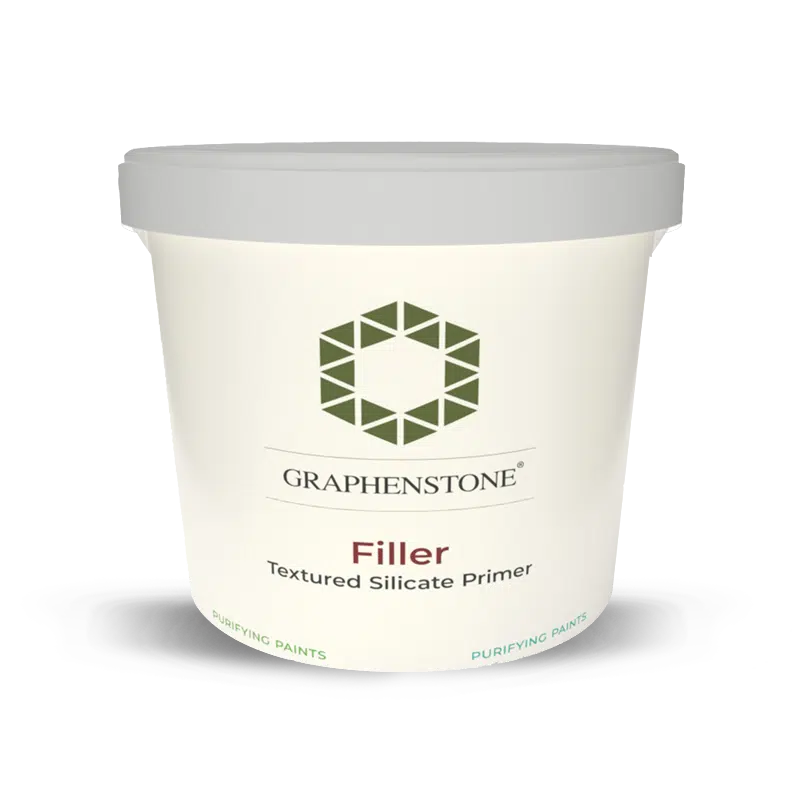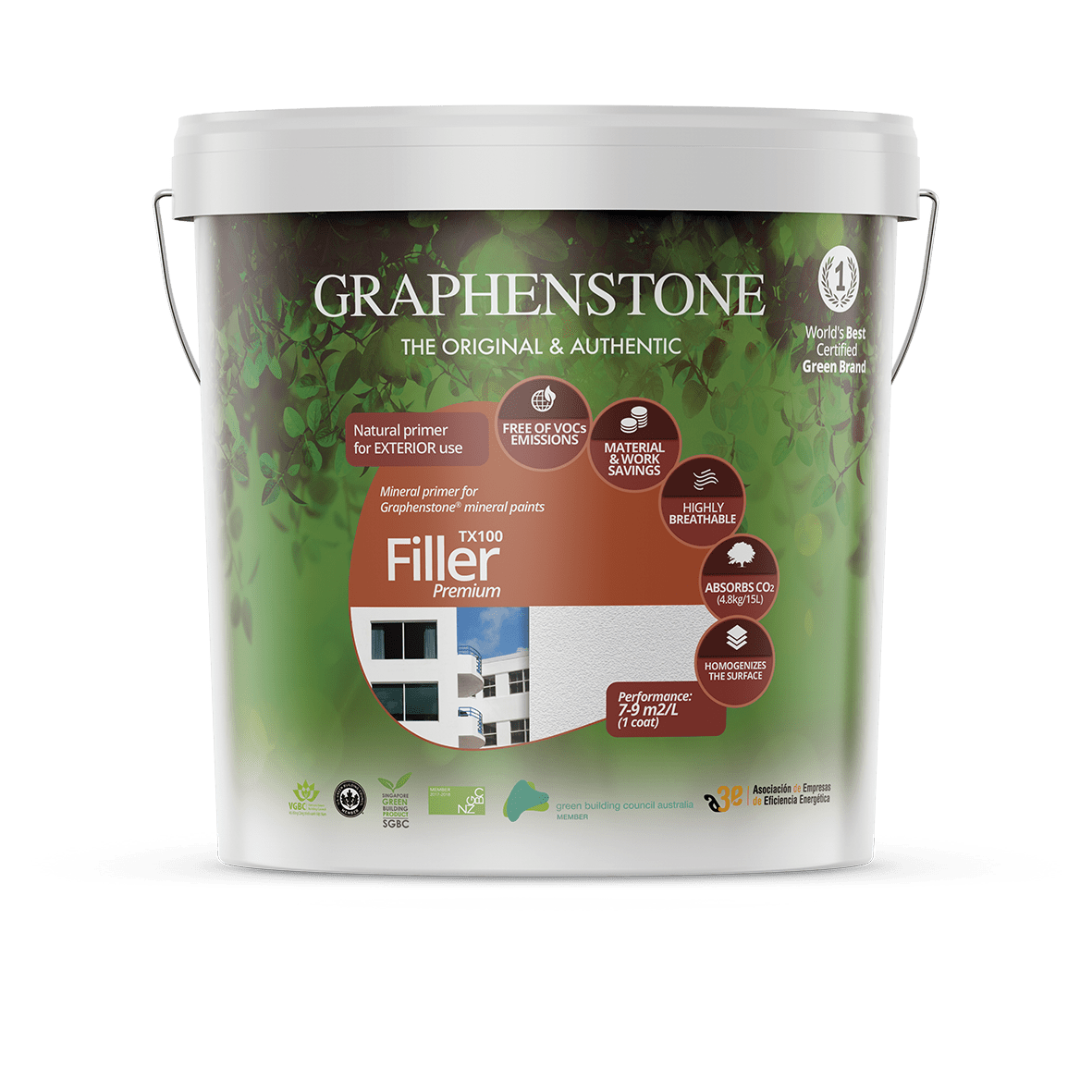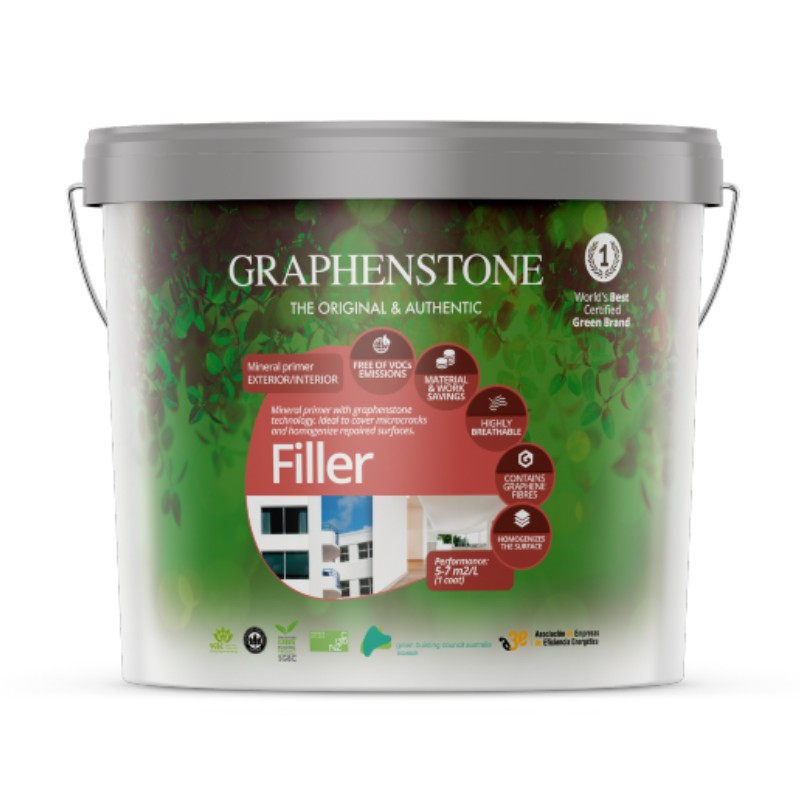What is the best filler for internal walls?

When it comes to home improvement and renovation, one of the most common tasks is repairing or preparing internal walls. Whether you’re dealing with small cracks, and dents, or preparing a wall for painting, choosing the right filler can make all the difference. Let's dive into the world of fillers and find out which is best for your internal walls.
Types of Wall Fillers
- Spackle: Ideal for small repairs, spackle is easy to apply and dries quickly. It’s perfect for filling nail holes and minor cracks. However, it’s not as durable as some other fillers for larger repairs.
- Joint Compound: Also known as drywall mud, joint compound is great for larger areas. It’s versatile and can be used for both repairing and finishing walls. It does take longer to dry than spackle, so plan accordingly.
- Plaster of Paris: This is a quick-setting material perfect for patching large holes. It provides a very smooth finish but can be a bit tricky to work with due to its quick setting time.
- Vinyl-Based Fillers: These fillers are durable and shrink-resistant, making them ideal for larger repairs. They are a bit tougher to sand than other options.
- Epoxy Fillers: Best for structural repairs where strength is necessary. Epoxy fillers are incredibly durable and bond strongly to the surface but are more expensive.

Choosing the Right Filler
When selecting a filler, consider the size of the area you’re working on and the type of repair needed. For small, quick fixes, spackle is usually sufficient. For bigger jobs or areas that will undergo a lot of wear and tear, a joint compound or a vinyl-based filler might be more appropriate.
Application Tips
- Surface Preparation: Ensure the wall is clean, dry, and free from dust before applying any filler.
- Application: Use the appropriate tool (like a putty knife or spatula) for the filler you’re using.
- Drying Time: Follow the manufacturer’s instructions regarding drying time before sanding or painting.
- Sanding: Once dry, sand the area smoothly to blend the repair into the wall.
Eco-Friendly and Sustainable Options
At Graphenstone, we understand the growing concern for environmentally friendly home improvement solutions. Fortunately, there are eco-friendly wall fillers available that are made from natural materials and have a lower environmental impact. These fillers not only provide excellent results but also contribute to a healthier living environment.
Health and Safety Considerations
When working with wall fillers, always prioritize health and safety. Some fillers can release dust and fumes, so work in a well-ventilated area and consider wearing protective gear like masks and gloves. Always read and follow the safety instructions provided by the manufacturer.
The Role of Primer
Before painting over the repaired area, don’t forget to apply a primer. This will ensure better adhesion of paint and a more uniform finish. Some fillers may absorb paint differently than the surrounding wall, so a primer can help to minimize this effect.
Expert Advice and Support
At Graphenstone, we not only provide high-quality materials but also expert advice. If you’re unsure about the right filler for your project, feel free to reach out to us. We can guide you based on the specifics of your project, ensuring that you achieve the best possible results.

The Importance of Color Matching
When repairing and preparing walls, it's also important to consider the final appearance. If you're planning to paint over the filler, ensure that the interior filler is compatible with the paint type and capable of being painted over without affecting the color or texture. For fillers that will remain visible, try to match the color as closely as possible to the wall for a seamless finish.
Long-Term Maintenance
After applying the filler and completing your wall repairs, consider the long-term maintenance. Some fillers may be more prone to shrinkage or cracking over time, especially in areas with significant temperature fluctuations or moisture. Regularly inspect the repaired areas and be prepared to touch up if necessary to maintain a pristine appearance.
Combining Aesthetics with Durability
In a home improvement business, particularly focusing on renovations, the balance between aesthetics and durability is key. Choose fillers that not only look good but also stand the test of time, maintaining the integrity and beauty of the walls for years to come.
Cost Considerations
Cost is always a factor in home improvement projects. While it might be tempting to go for the cheapest option, remember that the quality of the filler can greatly impact the longevity and appearance of the repair. Investing a bit more in a high-quality product can save money in the long run by reducing the need for frequent touch-ups or repairs.
Tailoring Solutions to Client Needs
At Graphenstone, we understand that each client and project is unique. We offer a range of products to suit different needs and preferences. Whether it’s for a small residential project or a large commercial renovation, we have the right solutions to meet diverse requirements.
Absolutely, let's round off the article with some final insights:
The Role of Technology in Wall Repair and Renovation
In today's digital age, technology plays a significant role in home improvement. At Graphenstone, we stay abreast of the latest advancements in repair materials and techniques. We leverage technology to offer products that not only provide ease of application but also ensure superior performance. Whether it's through advanced formulations or tools that make application easier, we're always looking for ways to enhance the DIY and professional experience.
The Future of Wall Repair
Looking ahead, the future of wall repair and renovation is exciting. We are seeing a trend towards more sustainable and smart materials. These advancements promise not only to improve the quality of repairs but also to make them more eco-friendly and health-conscious. At Graphenstone, we are committed to being at the forefront of these developments, offering our clients the latest and most innovative solutions.
Your Partner in Home Improvement
Remember, at Graphenstone, you're not just buying a product; you're gaining a partner in your home improvement journey. We pride ourselves on our customer service and our commitment to helping our clients achieve the best results in their projects. From providing the right products to offering guidance and advice, we're here to support you every step of the way.

Conclusion
Selecting the right wall filler is more than just a practical decision; it's a choice that impacts the aesthetics, sustainability, and longevity of your space. With the right product and approach, you can transform any wall into a masterpiece of craftsmanship and durability. Trust Graphenstone for all your wall repair needs, and join us in creating beautiful, sustainable spaces for today and tomorrow.
What is the most suitable filler for small cracks and holes in internal walls?
For small cracks and holes, spackle is often the best choice. It's easy to apply, dries quickly, and is perfect for minor repairs. Spackle is also easy to sand, making it ideal for seamless repairs on your internal walls.
Can I use the same filler for different types of walls, such as plaster and drywall?
While some fillers are versatile enough to be used on different wall types, it's important to choose a filler that's specifically formulated for the material of your wall. For example, plaster walls might require a different filler than drywall for optimal results. Always check the product specifications before application.
Are there eco-friendly options for wall fillers, and are they as effective?
Yes, there are eco-friendly wall fillers available that are made from natural and sustainable materials. These filters are not only effective but also contribute to a healthier living environment. They are comparable in performance to traditional fillers and are an excellent choice for environmentally conscious consumers.
How long do I need to wait after applying filler before I can paint the wall?
The drying time for wall fillers varies depending on the type of filler and environmental conditions like humidity and temperature. Generally, it's recommended to wait at least 24 hours before painting. However, always refer to the manufacturer’s instructions for specific drying times.
What should I do if the filler cracks or shrinks after application?
If the filler cracks or shrinks, it may be due to improper application or environmental factors. To fix this, lightly sand the area, clean it to remove dust, and reapply a thin layer of filler. Ensure that the filler is applied under the manufacturer's instructions, and allow adequate drying time before sanding or repainting.
- Art
- Causes
- Crafts
- Dance
- Drinks
- Film
- Fitness
- Food
- Oyunlar
- Gardening
- Health
- Home
- Literature
- Music
- Networking
- Other
- Party
- Religion
- Shopping
- Sports
- Theater
- Wellness
- IT, Cloud, Software and Technology


